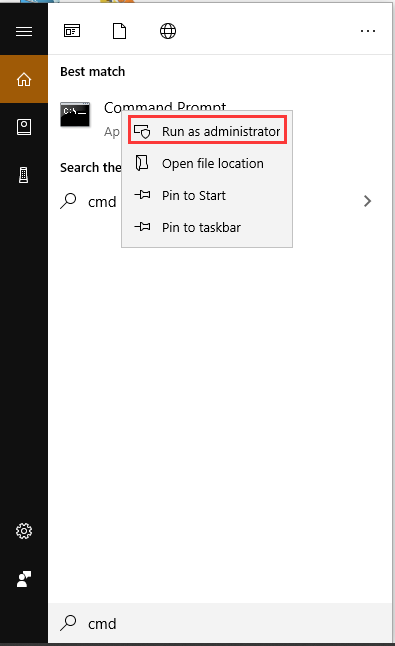

This security log is not enabled by default the administrator must enable it. This can be used, for instance, to track every time a computer on the network connects to a website. It can record both dropped packets and successful connections. Security log capabilities are included, which can record IP addresses and other data relating to connections originating from the home or office network or the Internet. The domain profile is selected automatically when connected to a network with a domain trusted by the local computer.

It allows more inbound connections to allow for file sharing etc.
Domain profile is the least restrictive. A network is never assumed to be private unless designated as such by a local administrator. Private assumes that the network is isolated from the Internet and allows more inbound connections than public. Public assumes that the network is shared with the World and is the most restrictive profile. One of three profiles is activated automatically for each network interface: Because of these incidents, as well as other criticisms that Microsoft was not being active in protecting customers from threats, Microsoft decided to significantly improve both the functionality and the interface of Windows XP's built-in firewall, rebrand it as Windows Firewall, and switched it on by default since Windows XP SP2. The ongoing prevalence of these worms through 2004 resulted in unpatched machines being infected within a matter of minutes. Several months later, the Sasser worm did something similar. In mid-2003, the Blaster worm attacked a large number of Windows machines, taking advantage of flaws in the RPC Windows service. It was disabled by default due to concerns with backward compatibility, and the configuration screens were buried away in network configuration screens that many users never looked at. 
When Windows XP was originally shipped in October 2001, it included a limited firewall called "Internet Connection Firewall".







 0 kommentar(er)
0 kommentar(er)
